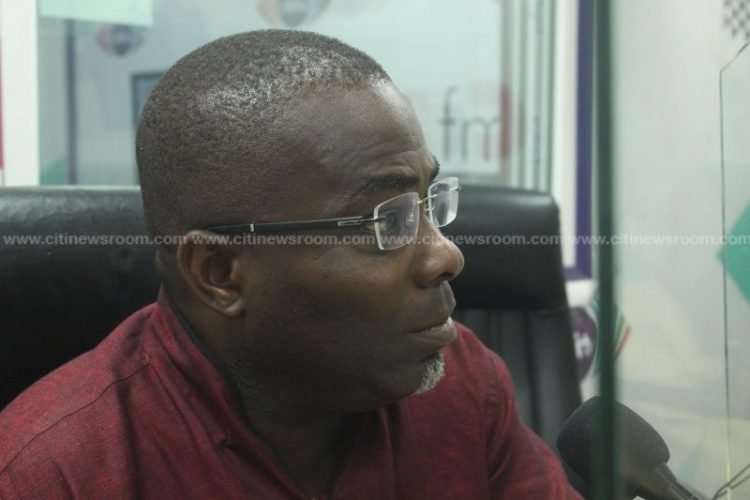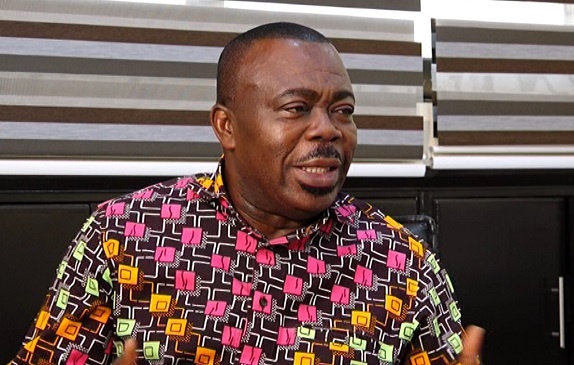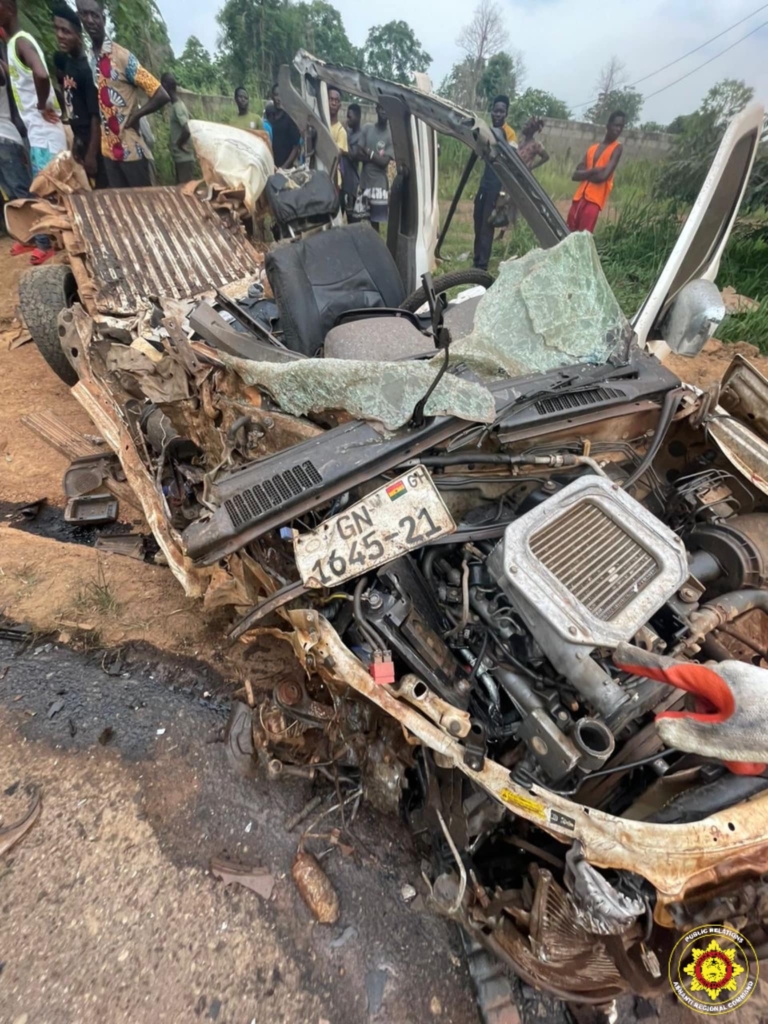
22% Ghanaian Adults Physically Inactive - WHO Assessment Establishes

A World Health Organisation (WHO) assessment of physical activity in the country has shown that 22 per cent of adults aged 18 and above are not physically active.It also indicated that 81 per cent of adolescents are also physically inactive.Based on the fact that physical inactivity was one of the main risk factors for non-communicable diseases (NCDs), including cancer, cardiovascular disease, chronic respiratory diseases and diabetes, the WHO has called on the country to modify its road infrastructure to include walking and cycling infrastructure.The impact of the recommendation — physical activity among the general population — is to help reduce the alarming rate of NCDs prevalence, morbidity and mortality in the country.The recommendation was premised on a case study of physical activity in the Greater Accra Metropolitan Area (GAMA) and its related health, social and economic impact using a WHO tool for estimating a country’s level of physical activity, and which was disseminated in Accra last Thursday.It is known as the Health Economic Assessment Tool (HEAT) for walking and cycling.The two-day dissemination workshop was organised by the Ministry of Health and the WHO.The WHO HEAT was developed to help countries estimate the health and economic impact of increased walking and cycling as part of its global agenda to deal with NCDs by tackling the common and modifiable risk factors such as the lack of physical activity, the use of tobacco, second-hand smoking and unhealthy diets.Poor transport implicationPresenting some findings and recommendations from the GAMA investment case study, a WHO consultant, Andreia Santos, said the NCDs earlier mentioned were responsible for 43 per cent of all deaths in the country.She said although walking was still one of the main methods of commuting in the country, car ownership had increased but was also a reflection of poor public transport experience.Ms Santos said the poor transport system in the country had contributed to the present level of physical inactivity.“Walking and cycling are simple, cost-effective ways of achieving the recommended physical activity levels for personal health and well-being.“This report presents the investment case for walking and cycling in the GAMA region, using the World WHO’s HEAT for walking and cycling, and based on scenarios where walking and cycling instead of driving are encouraged.“The report is calling for investments in walking and cycling intervention, culminating in 500 kilometres of walking pavements and 500 kilometres of parallel (to walking pavements) cycle lanes, covering six main roads and adjacent communities’ streets and avenues.“Recommended routes include the N4 Aburi Road Derby Avenue A-Independence Avenue-Liberation Road; N4 Aburi Road Derby Avenue B; N6 North Liberia Road-Nsawam Road B; N6 Nsawam Road, Graphic Road A; George Bush Motorway A and the George Bush Motorway B,” she said.In a speech read on his behalf, the Chief Director for the Ministry of Health, Alhaji Hafiz Adams, expressed gratitude to the WHO and all technical experts involved in the HEAT assessment for the country.He said given the country’s rising burden of NCDs and the importance of promoting physical activity for better health and well-being, the HEAT assessment provided insights into potential cost saving and health benefits of prioritising investments in walking and cycling.
:





